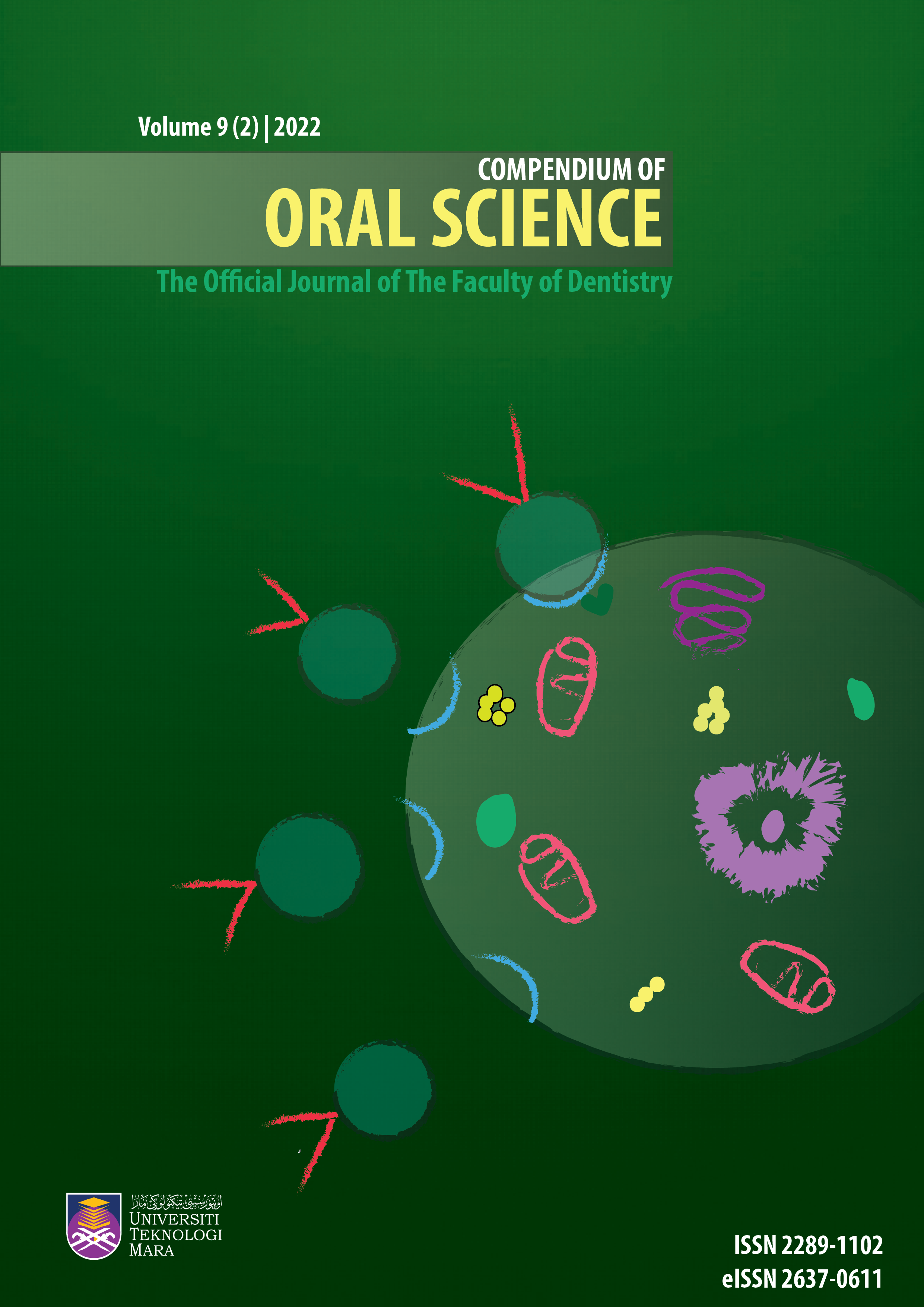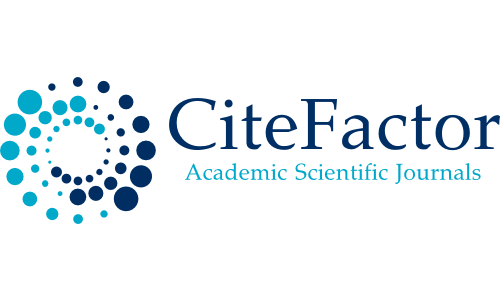The Therapeutic Potential of Plant Extraction in Oral Health - A Systematic Review
DOI:
https://doi.org/10.24191/cos.v9i2.19237Keywords:
Plant extract, oral microorganisms, antimicrobial, antibiofilmAbstract
Objectives: This study aimed to analyze the therapeutic potential of plant extract against oral microorganisms in published literature. Material and Method: A systematic literature review was performed through electronic databases (Scopus, EBSCO: Dentistry and Oral Science Source) from January 2009 till December 2019 with the search terms (“extract” AND (“ORAL MICROORGANISM” OR “ORAL BACTERIA”) AND (“stem” OR “Bark” OR “Leaf”)). Results: Out of 409 articles, 21 articles met our inclusion criteria that were subjected to data extraction and review. The data disclosed antimicrobial and antibiofilm activity of plant extracts against causative microorganisms of caries, periodontitis, endodontic infection, and fungal infection. Ethanol was the most common solvent used for plant extraction. The antimicrobial test was reported in all studies using different methodologies such as minimum inhibitory concentration (MIC), disk diffusion method, agar well method, intracanal irrigation, and Fractional Inhibitory Concentration Index (FICI) . None of the plant extract tested showed significant toxicity in five studies that conducted toxicity assays. Conclusion: A positive correlation was observed between plant extract and antimicrobial activity against oral microorganisms. In that context, integrating plant extract in oral healthcare products could be an option to enhance effective antimicrobial control. However, further clinical studies are required to provide clinical evidence to support these observations.
Downloads
Published
How to Cite
Issue
Section
License
Copyright (c) 2024 Compendium of Oral Science

This work is licensed under a Creative Commons Attribution-NonCommercial 4.0 International License.
Materials contained in the journal may be reproduced for educational purposes provided that both the author(s) and the journal are appropriately recognised; otherwise duplication is not permitted. No articles, reports, or portions there of may be translated into other languages, published in books, journals, magazines, or any other print form without written permission from the authors and from the journal.
Disclaimer: The statements, opinions and data expressed in the articles and reports herein are those of the author(s) and not of the publisher and the editor(s). The publisher and the editor(s) disclaim responsibility for any injury to persons or property resulting from any schemes, methods, instructions or ideas referred to in the content.















